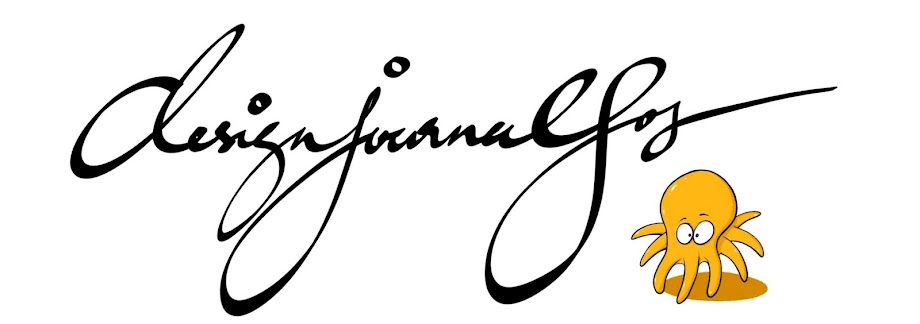de‧sign
1. [uncountable] the art or process of making a drawing of something to show how you will make it or what it will look like
The new plane is in its final design stage.
the design process
2. [uncountable and countable] the way that something has been planned and made, including its appearance, how it works etc
The car's design has been greatly improved
3. [countable] a drawing that shows how something will be made or what it will look like
the design for the new sports centre
op‧por‧tu‧ni‧ty plural opportunities
1. [uncountable and countable] a chance to do something
2. [countable] a chance to improve an existing situation at work




